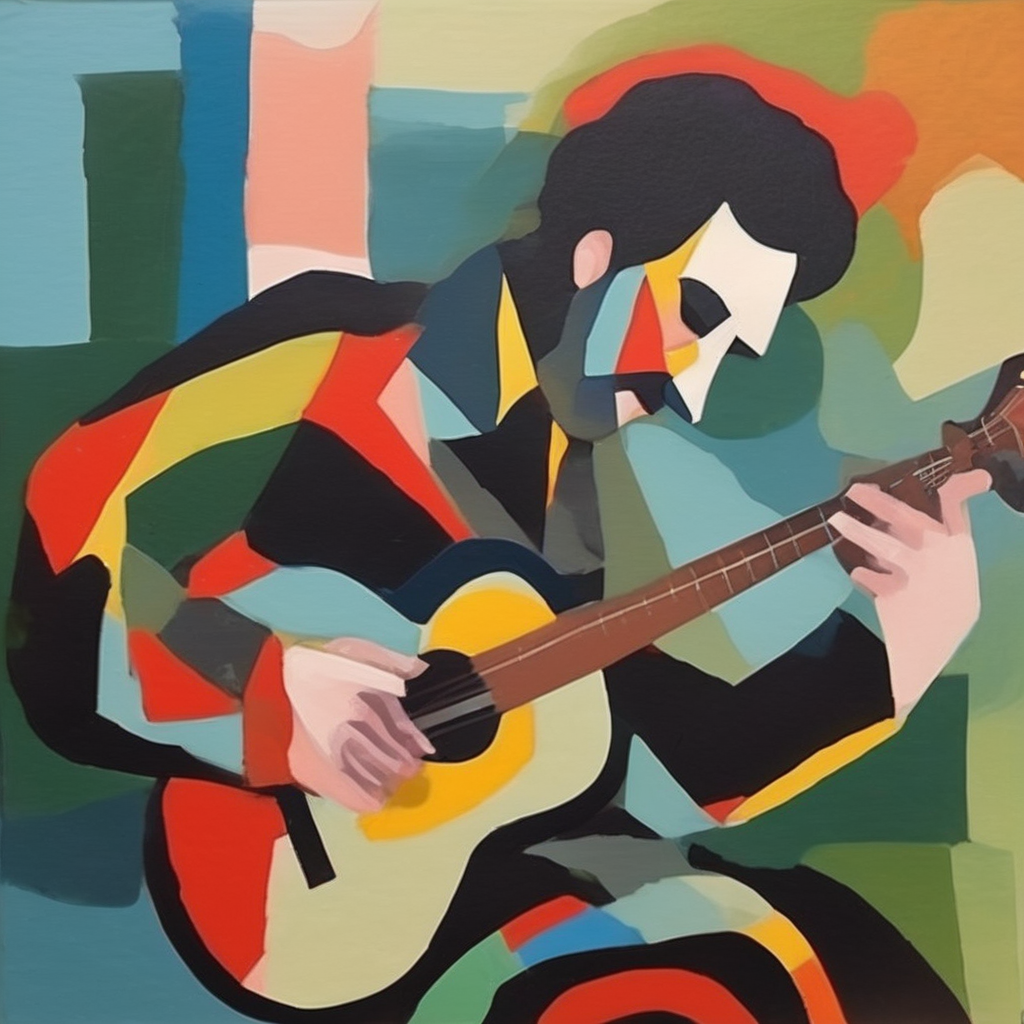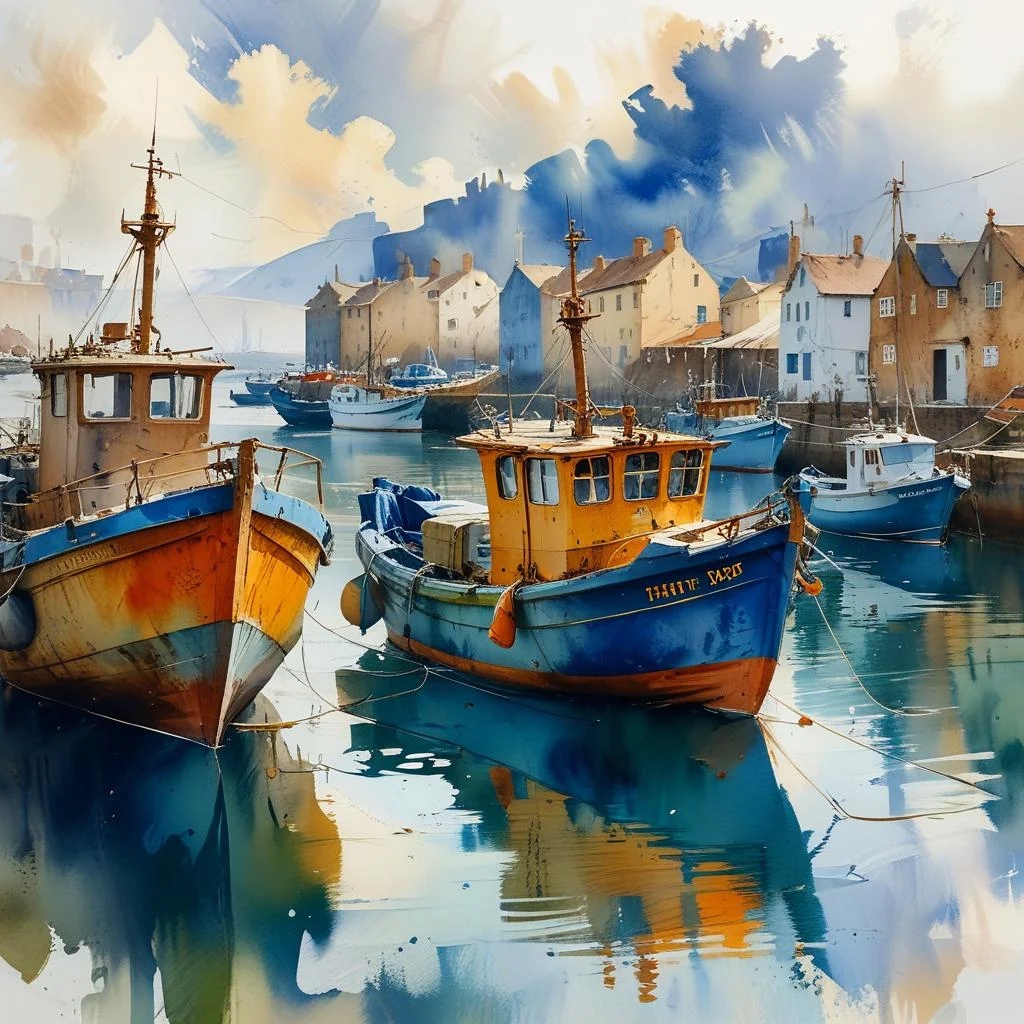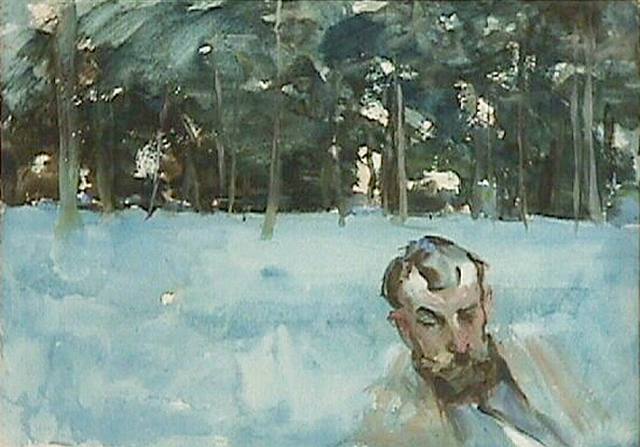Pablo Picasso: The Maestro of Artistic Transformation
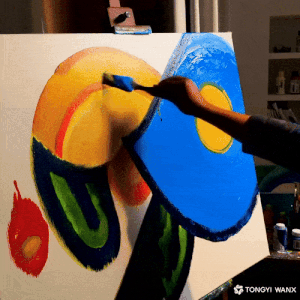
Pablo Picasso, born on October 25, 1881, in Málaga, Spain, is widely regarded as one of the most influential and innovative artists of the 20th century. His extensive body of work, which includes paintings, sculptures, ceramics, prints, and collages, has left an indelible mark on the art world, redefining the boundaries of artistic expression and inspiring countless artists to push the limits of their own creativity.
Early Life and Artistic Development
Picasso displayed an extraordinary artistic talent from a very young age. Encouraged by his father, a painter and art teacher, he created his first painting at just nine years old. By the age of 15, Picasso was already capable of painting with the skill of the great masters, showcasing his prodigious abilities and foreshadowing the groundbreaking work that was to come.
Throughout his prolific career, Picasso underwent a remarkable evolution of style and technique, marked by distinct periods that reflected his personal and artistic growth:
- The Blue Period (1901-1904): During this somber phase, Picasso’s palette was dominated by cool blue tones, reflecting his emotional struggles following the suicide of his close friend, Carlos Casagemas. Masterpieces like The Old Guitarist emerged from this period, showcasing his ability to imbue his work with a deep sense of melancholy and human suffering.
- The Rose Period (1904-1906): Characterized by warmer, lighter colors and themes of love, this period coincided with Picasso’s relationship with Fernande Olivier. Boy with a Pipe is a celebrated work from this time, capturing the innocence and joy of youth.
- African Period (1907-1909): Influenced by African art and tribal masks, this phase led Picasso to experiment extensively with form, culminating in the groundbreaking Les Demoiselles d’Avignon, which heralded the advent of Cubism and signaled a radical departure from traditional representational art.
- Cubism (1908-1912): Alongside his contemporary, Georges Braque, Picasso pioneered the revolutionary Cubist movement, which deconstructed traditional perspectives and represented subjects from multiple viewpoints. Works like Still Life with Chair Caning exemplify this innovative style, challenging the viewer’s perception of reality.
- Surrealism and Beyond (1928-1948): Picasso’s exploration of Surrealism introduced softer forms and emotional depth, culminating in the powerful anti-war masterpiece Guernica, created in response to the bombing of the town during the Spanish Civil War. This powerful work served as a poignant statement against the horrors of war and the suffering of the innocent.
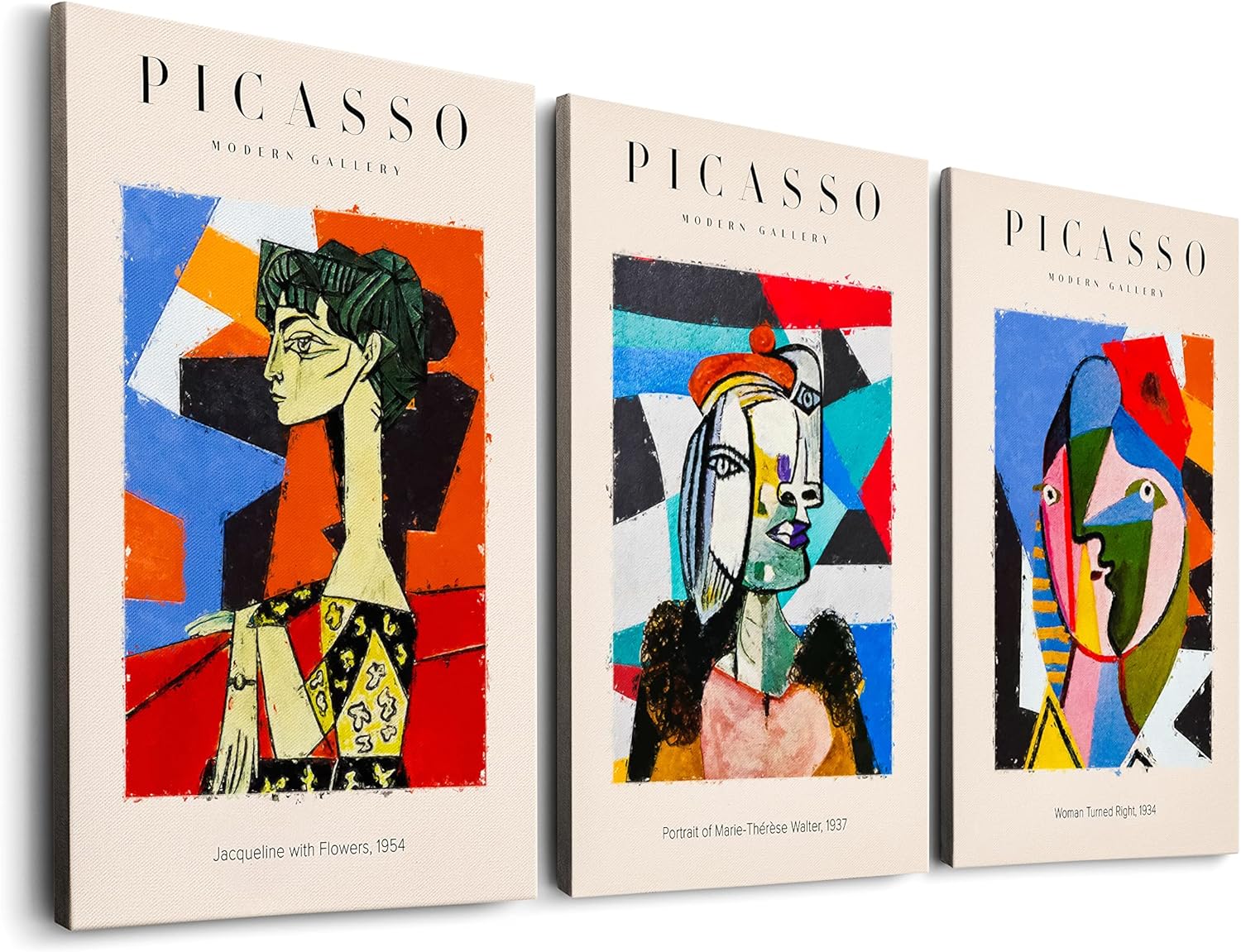
The Legacy of Picasso
Picasso’s contributions to art extended far beyond his prolific output, which is estimated to include 13,500 paintings, 100,000 prints and engravings, and numerous sculptures. His innovative techniques, such as collage and mixed media, challenged conventional notions of representation and paved the way for future artistic movements, including Abstract Expressionism and Pop Art.
Picasso’s ability to adapt and reinvent himself artistically ensured his relevance across multiple art movements, from Cubism to Surrealism. His relentless pursuit of innovation and expression has inspired generations of artists and art enthusiasts, cementing his status as a cultural icon who embodied the spirit of modernism and pushed the boundaries of what was possible in the visual arts.
Picasso’s Lasting Impact
Today, museums dedicated to Picasso’s work, such as the Museu Picasso in Barcelona and the Musée Picasso in Paris, continue to celebrate his contributions and ensure that his artistic genius remains accessible to the public. In recent years, several major retrospective exhibitions have further solidified Picasso’s legacy, drawing record-breaking crowds and inspiring a renewed appreciation for his groundbreaking work.
Picasso’s life and work serve as a testament to the transformative power of art, reminding us that creativity is a dynamic and ever-evolving dialogue that reflects the complexities of human experience. His impact on the art world is undeniable, and his legacy continues to inspire and challenge artists, scholars, and art enthusiasts around the globe. Picasso’s work stands as a testament to the boundless potential of human creativity and the enduring power of artistic expression.

